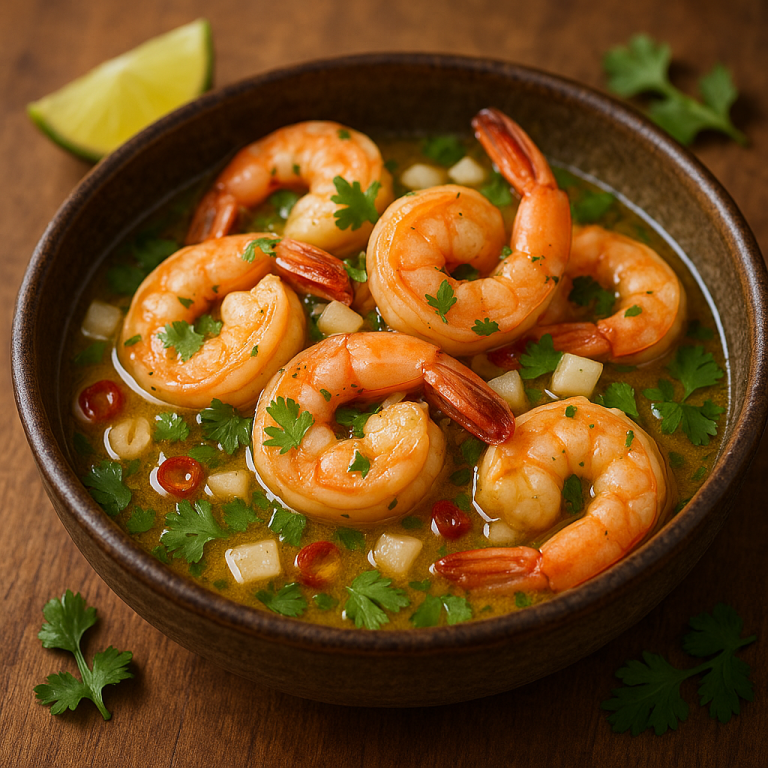Same Day Pizza Dough & Quick Pizza Sauce
This same-day dough follows the Neapolitan tradition, adapted for American home ovens. The higher salt content (3% vs standard 2%) slows fermentation, allowing the dough balls to hold at room temperature without refrigeration—just like at a Naples pizzeria. Mix at 9 AM, shape at 11 AM, make pizza between 5-9 PM.

Same-Day Pizza Dough & Quick Pizza Sauce
Ingredients
Method
- Using a digital scale, measure 350g of water heated to 90-95°F (32-35°C) into a 6-quart container. Add 15g fine sea salt and stir until dissolved. Measure 0.3g instant dried yeast (about ⅓ of ¼ teaspoon), add to water, let hydrate 1 minute, then swish until dissolved. Add 500g flour (preferably 00) to the water-salt-yeast mixture.
- Mix by hand, first stirring around inside the container to integrate ingredients into a single mass. Then use the pincer method: cut through dough with your hand, alternating with folding to develop it back into a unified mass. Continue for 30 seconds to 1 minute. Target dough temperature at end of mix is 80°F (27°C)—check with probe thermometer.
- Let dough rest 20 minutes. Turn onto work surface with very light dusting of flour. Knead about 30 seconds to 1 minute—the skin should be very smooth. Place dough ball seam-side down in lightly oiled container. Cover tightly. Hold at room temperature (70-74°F/21-23°C) for 2 hours for first rise. This timeline is flexible—if you need to shape after 1 hour or 1½ hours, don't stress, just add the difference to the next stage.
- Moderately flour a work surface about 2 feet wide. With floured hands, gently ease dough from container. With hands still floured, pick up dough and ease back down in somewhat even shape. Dust entire top with flour, then cut into 3 or 5 equal pieces using scale for precision. Shape each piece into medium-tight round, working gently without tearing the dough.
- Place dough balls on lightly floured dinner plates or baking sheet, leaving space for expansion. Lightly flour tops, cover airtight with plastic wrap. Rest at room temperature 6 hours for second fermentation. Alternatively, rest 4 hours at room temperature, then refrigerate to hold until next evening.
- Without refrigeration, dough balls can be used anytime in the 4 hours following second fermentation—they'll be a little delicate near the end of this window. If refrigerated, let come to room temperature for 1 hour while preheating oven and preparing toppings.
- For make-ahead or extra-crispy crusts, preheat oven to 550°F with a pizza stone or inverted baking sheet on middle rack for 45 minutes. Stretch the dough to desired size, brush with olive oil (or spread a thin layer of tomato sauce if you prefer), and dock all over with a fork, leaving a 1-inch border for the crust. Slide onto hot stone using parchment paper and parbake for 4-5 minutes until the bottom is set and beginning to color but not fully golden—the crust should hold its shape when lifted. Cool completely, then store wrapped in plastic up to 3 days refrigerated or 1 month frozen. To finish, top the parbaked crust (no need to thaw if frozen) and bake at 500°F for 5-8 minutes until cheese bubbles and crust is golden.
- Preheat oven to 550°F (290°C) with pizza stone or inverted baking sheet positioned 6-8 inches below broiler for 45 minutes. Set up your assembly station with 2 feet of moderately floured counter space, wooden peel or parchment paper, sauce, cheese, and toppings at hand. Gently stretch dough on floured surface to 10-12 inches (or 12-14 for thin crust), transfer to peel or parchment, and work out any kinks. Spread sauce (60-80g) to within ½ inch of edge, drizzle with olive oil, sprinkle pecorino romano, then add fresh mozzarella (80-100g) torn into pieces. Switch oven to broil 10 minutes before loading pizza. Slide pizza onto hot stone, immediately change back to bake at 550°F, and bake 4 minutes until rim starts turning golden. Switch to broil for final 1-2 minutes until cheese is bubbly with brown spots and crust has a few small chars. Remove with tongs or pizza peel, drizzle with extra virgin olive oil, add fresh basil if desired, and serve immediately.
- Add olive oil, garlic, salt, oregano, and chile flakes to blender. Add one spoonful of tomatoes, blend briefly until garlic and oil emulsify.
- Add remaining tomatoes. Pulse quickly—brief pulses only—until combined. Don’t overblend. You want texture. Overblending releases water and thins the sauce.
- Pour into container with lid. Refrigerate unused portion. Keeps 1 week.






